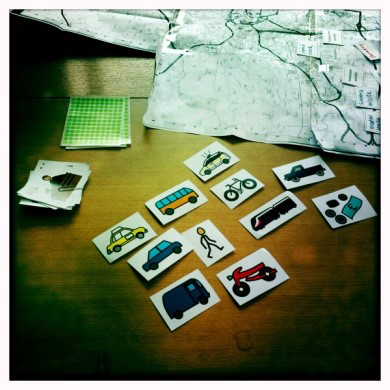Youth Justice Research Impact: Promoting Positive Outcomes through a Visual Journey Tool
 Young people within the youth justice service disproportionately experience multiple disadvantage in areas such as health, education, employment, housing and income. Such factors can significantly impede the navigation of locality settings, and accessing of essential local services.
Young people within the youth justice service disproportionately experience multiple disadvantage in areas such as health, education, employment, housing and income. Such factors can significantly impede the navigation of locality settings, and accessing of essential local services.
Despite youth justice appointment absence being as low as fifty per cent in some cases, journey making remains almost entirely absent from youth justice policy and practice guidance. With problematic absence outcomes including service withdrawal, punishment and long term unmet needs, youth justice journey making is in need of significant status elevation. Visual methods can be particularly useful for supporting such a change, as broader engagement opportunities become coupled with the bypassing of different communication barriers.
This new project is a collaboration with Cheshire Youth Justice Service, the seventh largest service in England and Wales, spanning four local authority areas and 990 square miles. A key project outcome will be the co-production of a new visual communication tool with young people, designed to elevate the status of journey problems. Around 85 per cent of youth offending teams in England and Wales will have the opportunity to use this new tool, while providing feedback on different post-implementation benefits including:
- Improved attendance rates
- Effective practice resourcing
- Better identification of journey risks
- The use of engaging appointment resources
Outputs
The resource will be available at https://accessing-services.com/
Principal investigator: Dr Sarah Brooks-Wilson
Funding: Impact Acceleration Account
Timeframe: 2018